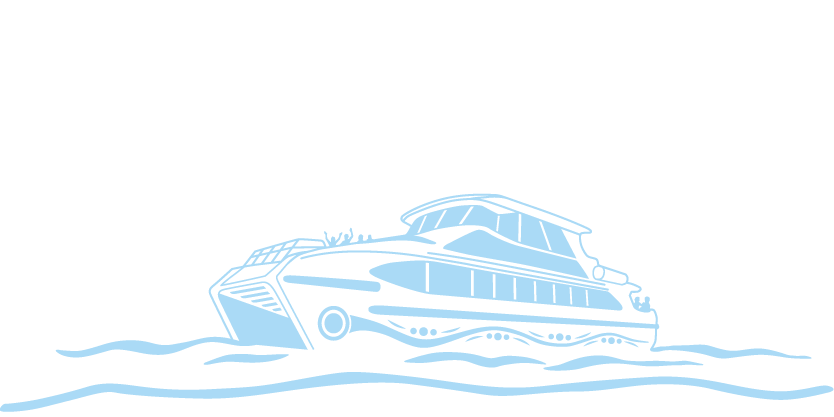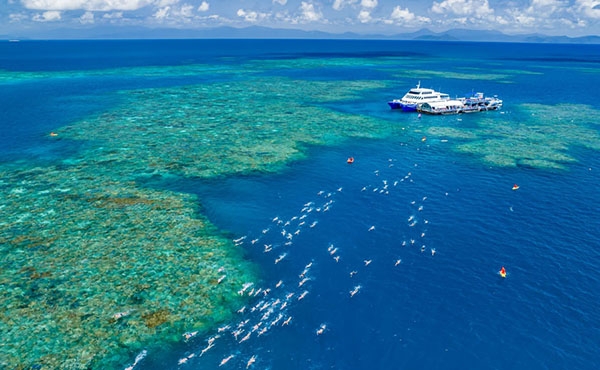Traditional use includes hunting and harvesting a wide range of flora and fauna within the Region. Data are lacking regarding the status, significance, values, trends and practices in Indigenous fisheries across the Region.1491 However, recent research of historical harvesting practices, undertaken by Traditional Owners over thousands of years, has shown sustainable populations of some target species.1492,1493
To ensure traditional use remains a low risk, well-designed monitoring partnerships with Traditional Owners are required. Traditional Owner groups that are a part of the Traditional Use of Marine Resources Agreements program ensure harvest limits are sustainable through nominating levels of traditional harvest which are assessed against scientific research by managing agencies.
Traditional Use of Marine Resources Agreements ensure harvest limits are sustainable
Illegal fishing and extraction from populations of species such as turtles and dugongs are not considered legal traditional use. Illegal fishing and extraction involve people hunting outside their traditional Sea Country and without customary permission from the relevant Traditional Owner. In this context, illegal fishing and extraction represent an impact on traditional use of the marine resources within the Region.
References


